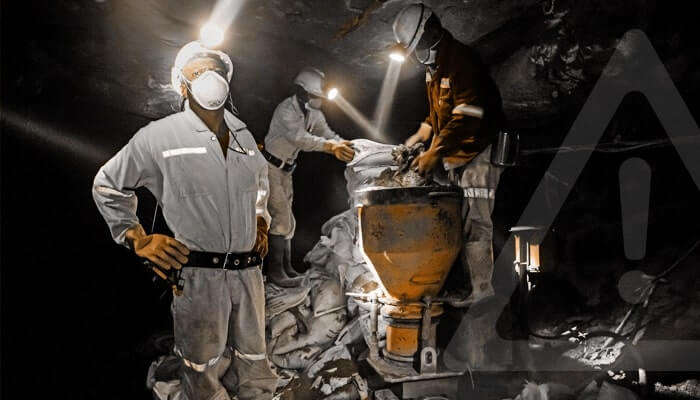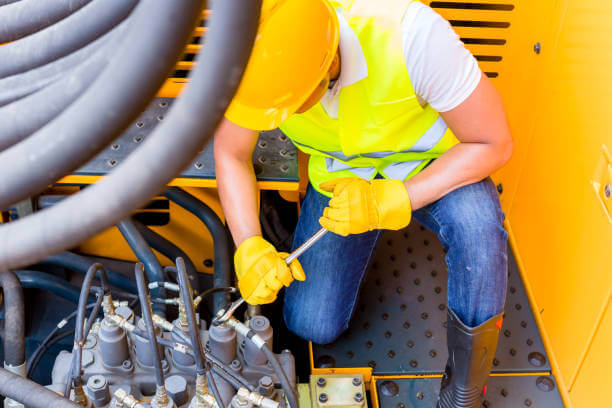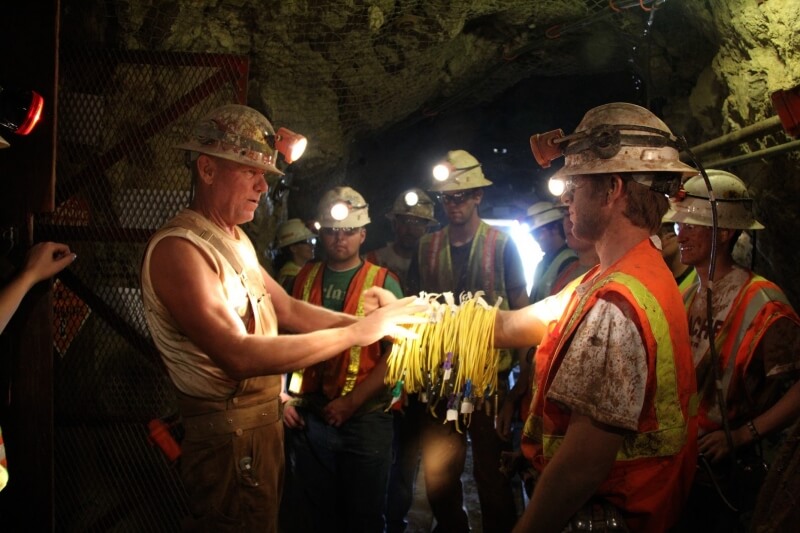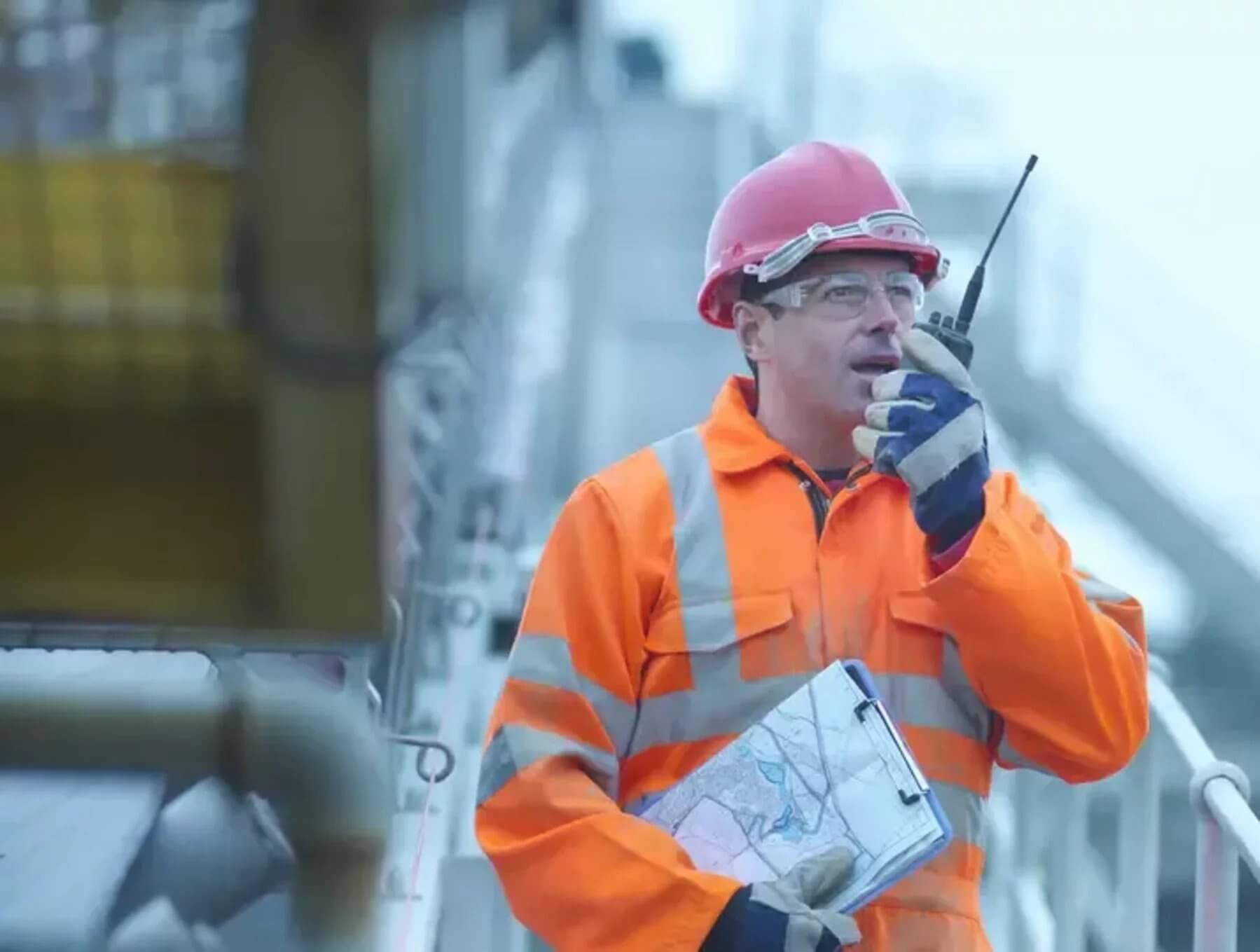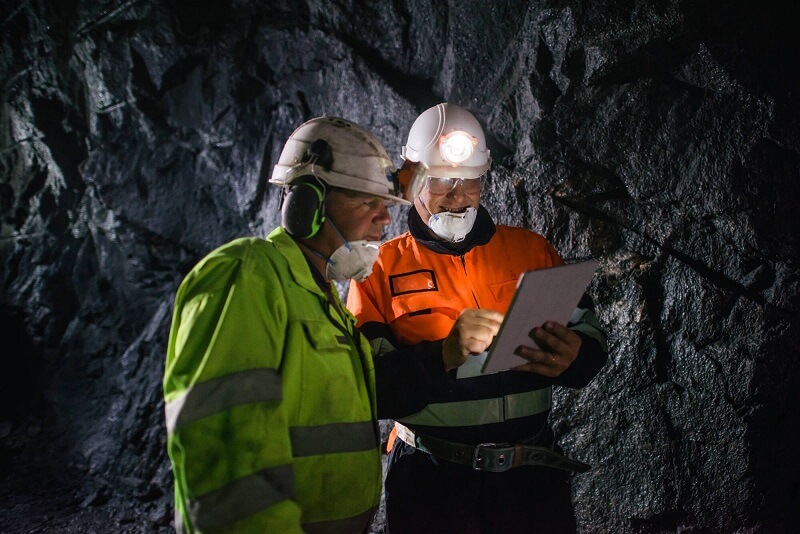Mining is a dangerous industry, and one of the biggest hazards miners face is the threat of toxic gasses in mines. These gasses can be found in underground mines, and if not properly monitored and controlled, they can put the lives of miners at risk. In this blog post, we’ll take a closer look at the different types of gasses found in mines, the dangers they pose, and the measures that mining companies can take to keep their workers safe.
There are many types of toxic and flammable gasses underground. Underground mining is often done in confined spaces. Because the gasses are difficult to disperse, they can build up. This is an underground danger because of their toxic, explosive or combustible nature.
Becker Wholesale Mine Supply will outline the main gasses found in mines and the ways you can avoid the negative effects of gas exposure.
Types of Gasses in Mines
Underground mines can contain many types of gasses. While some of these gasses can be found naturally, others are created by human activity. These are the most commonly found gasses in mines:
- Methane
- Carbon monoxide
- Hydrogen Sulfide
Each of these gasses can pose a serious risk to miners’ health and safety. Miners need to be aware and take precautions to avoid exposure to each gas.
Carbon Monoxide
It is important to be aware that CO poisoning can occur in underground mines. The colorless and odorless gas CO can be made by generators, combustion engines, or other equipment found in mines. CO can cause headaches, dizziness and nausea. It can even lead to unconsciousness or death in severe cases.
It is important to follow these steps to protect yourself against CO poisoning.
- Miners can use a sensor to monitor CO levels on a regular basis
- Check that ventilation systems are working properly
- Avoid enclosed spaces with gasoline-powered equipment
- Never leave your engines running in a mine shaft
If you feel the symptoms of CO poisoning, go to fresh air as soon as possible and contact a doctor immediately.
Methane
Underground mines are a common place for methane, which can pose a safety risk. Methane, which is extremely explosive, can quickly build up in enclosed spaces to dangerous levels. Mine workers are trained to evacuate immediately after methane is detected by methane detectors.
Underground mines are a common place to find methane. Methane is explosive and can build up in enclosed spaces to dangerous levels. Methane detectors monitor levels in mines and workers need to evacuate immediately after detection.
Over the years, many people have died in methane explosions. It is important that workers are educated about the dangers and how to evacuate safely.
Hydrogen Sulfide
Hydrogen sulfide, which is a colorless and flammable gas, from decomposing organic matter. It can be fatal if inhaled and is common in underground mines. Hydrogen sulfide can cause headaches, nausea, and difficulty in breathing.
High levels of hydrogen sulfide inhaled can cause unconsciousness and even death. Hydrogen sulfide causes suffocation and can interfere with the body’s ability to use oxygen. Concentrations above 100 parts per million (ppm)are dangerous for life and health. Concentrations even lower than 100 parts per million (ppm) can cause eye irritation, dizziness, and coughing.
What is Mine Damp?
Mine damp is a mixture of gasses that are in mines. It usually contains methane, nitrogen, and carbon dioxide. Mine damp can lead to explosions and asphyxiation.
It is vital to ventilate areas where mine damp is present to ensure that it does not cause an explosion. To protect yourself against the fumes, wear a gas mask if you work in areas where mine damp is present.
How to Detect Poisonous Gasses in Coal Mines
It is crucial to be aware that there are potentially dangerous gasses when working in a coal mine. There are many ways to detect poisonous gasses. Each method has its advantages and disadvantages. A gas detector is one way to detect poisonous substances. This device measures the concentration of gasses within the air.
Combining several methods is the best way to detect poisonous gasses. Miners can use gas detectors to detect poisonous gasses. These methods will ensure that you’re as safe as possible when working in a coal mine.
Avoiding Toxic Gasses in Mines
Many mining operations involve the use of hazardous materials that can emit toxic gasses. These gasses can pose a danger to workers and even cause death. Miners can prevent these gasses in several ways, including:
Proper ventilation is crucial to prevent the accumulation of toxic gasses. Use ventilation systems to move fresh air through mines to reduce or eliminate dangerous gasses. Ventilation systems can’t eliminate all gasses completely, so miners need to take extra precaution and use gas detectors.
- Use gas detectors – Miners need to use gas detectors to alert workers about the presence of dangerous gasses. These devices should be taught to workers so they know how to use them and what to do when they detect a gas.
- Use PPE – Miners need to use personal protective equipment (respirators) to protect them from exposure to dangerous gasses. This equipment should be used by workers who have been properly trained.
- Good housekeeping – Good housekeeping can prevent the accumulation of dangerous gasses. Keep all areas clean and clear of clutter.
- Regular maintenance – Proper maintenance can prevent dangerous gasses from escaping. Regular inspection and maintenance of all equipment is important.
These are just some of the many ways mines can reduce the production of toxic gasses. These precautions will help keep workers safe.
Request a Quote
At Becker Wholesale Mine Supply, we understand the importance of keeping miners safe from toxic gasses in the mines. That’s why we provide high-quality gas detectors that can detect a wide range of gasses, including methane, carbon monoxide, and hydrogen sulfide. These gas detectors are crucial for ensuring the safety and well-being of miners, and can help prevent accidents and protect lives.
Don’t wait until it’s too late. Protect your workers and ensure a safe working environment by investing in gas detectors from Becker Wholesale Mine Supply today. Call us or visit our website to learn more about our gas detection products and services, or to request a quote. Together, we can make the mining industry a safer place for everyone.
Products That We Offer
- VHF Leaky Feeder System
- UHF Leaky Feeder System
- SMARTSENSE®FIXED MONITOR
- RNG-500VHF Leaky Feeder Cable
- UHF Low Loss Leaky Feeder Cable
- Kenwood NX-203/303 Radios
